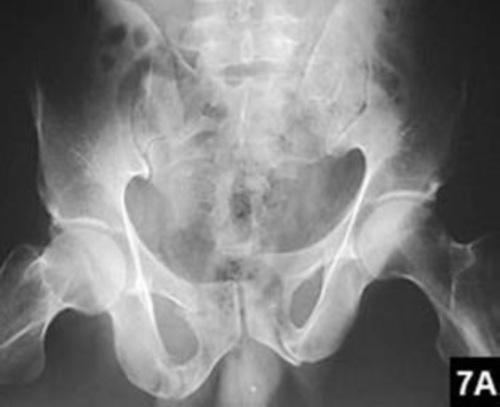An 18-year-old Sudanese man presents to ED with a penile erection for the last 6 hours. He woke up with an erection at 6 am but was too embarrassed to tell anyone about it.
He decided to come to the hospital when the pain was unbearable.
- What are the important features of your assessment?



